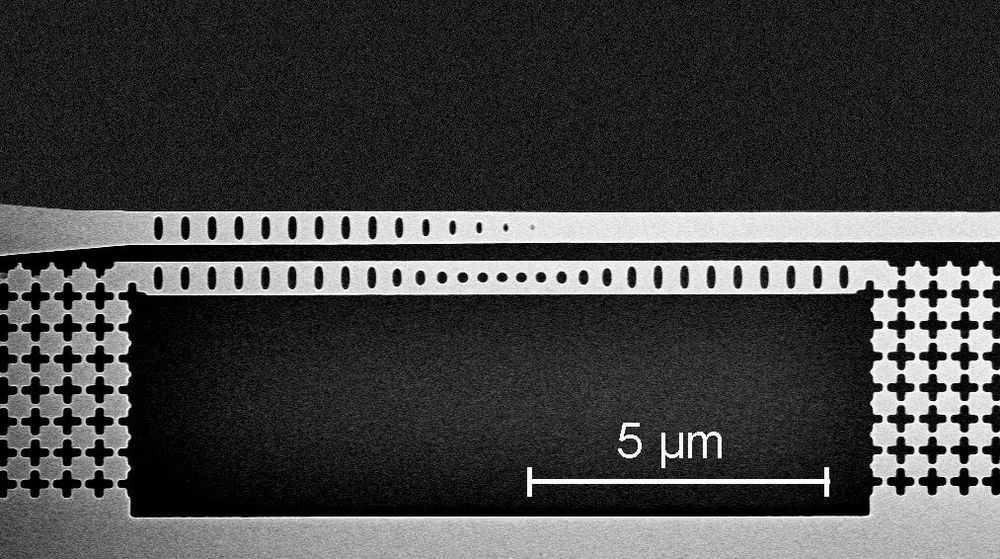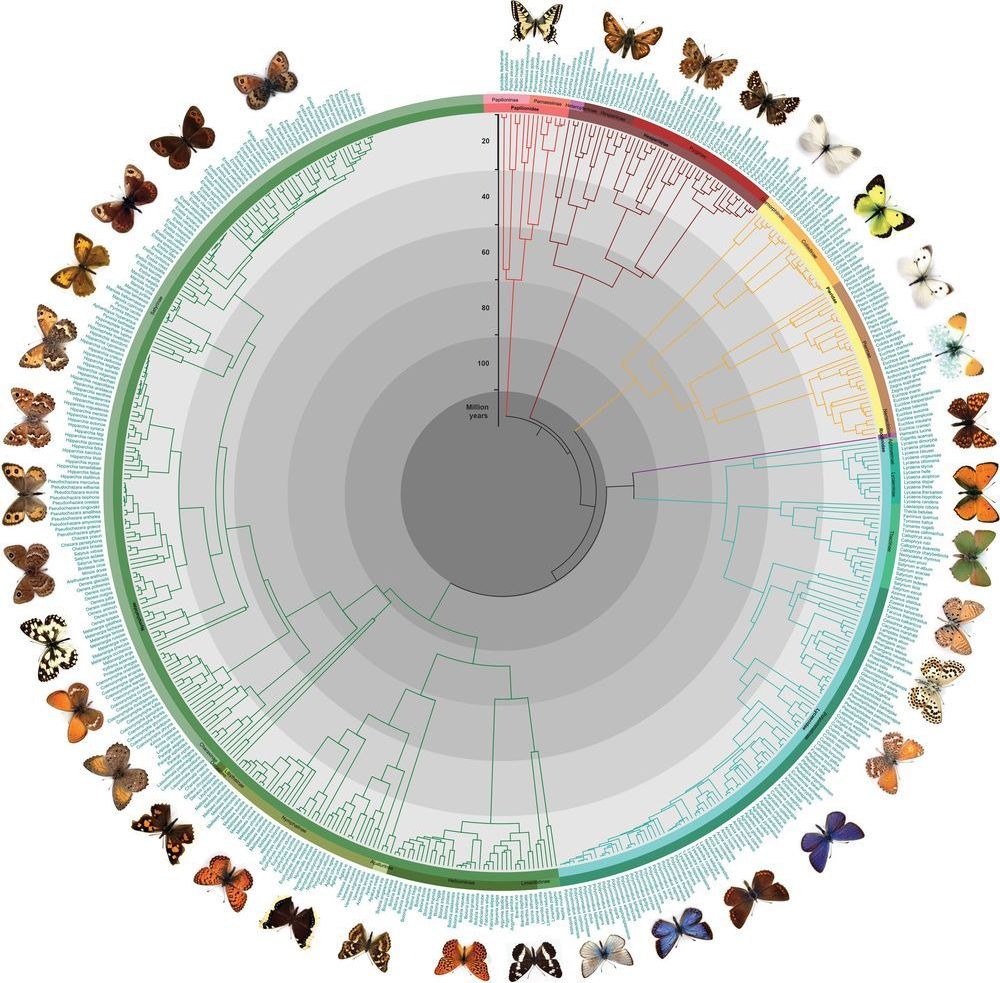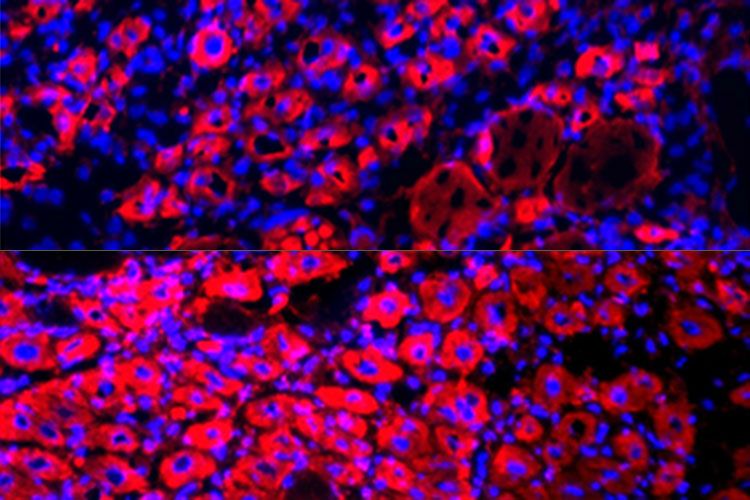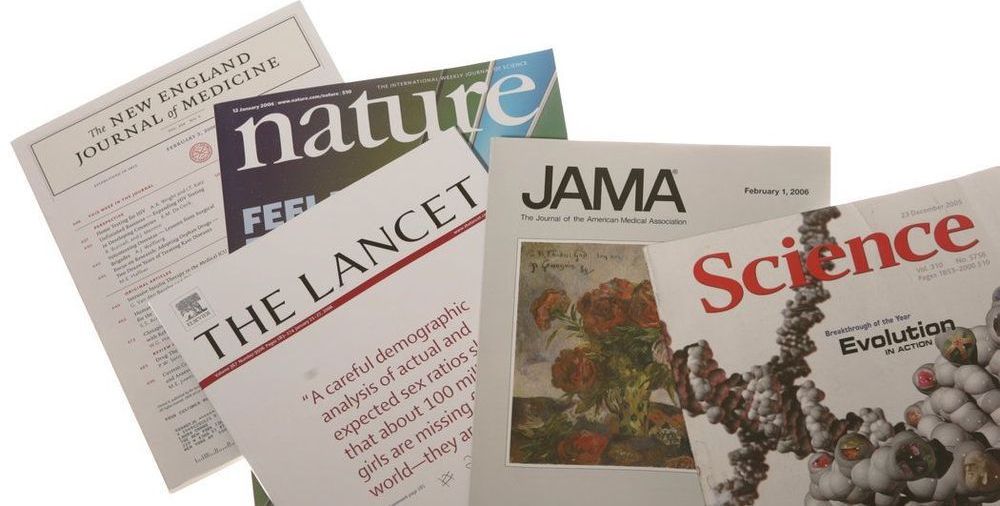Jun 15, 2020
A quantum memory that operates at telecom wavelengths
Posted by Quinn Sena in categories: computing, quantum physics
To create large quantum networks, researchers will first need to develop efficient quantum repeaters. A key component of these repeaters are quantum memories, which are the quantum-mechanical equivalents of more conventional computer memories, such as random-access memories (RAM).
Ideally, a quantum memory should be able to retain information for substantial periods of time, store true quantum states, read out data efficiently and operate at low-loss telecommunication wavelengths. While research teams have made great progress in the development of quantum memories, no solution proposed so far has been able to meet all of these requirements simultaneously.
With this in mind, researchers at Delft University of Technology (TU Delft) set out to develop a new mechanical quantum memory with sufficiently long storage times, a high readout efficiency, and the ability to operate at telecom wavelengths. The memory they devised, presented in a paper published in Nature Physics, could ultimately enable the practical implementation of mechanical systems with quantum effects developed in their previous works.


















